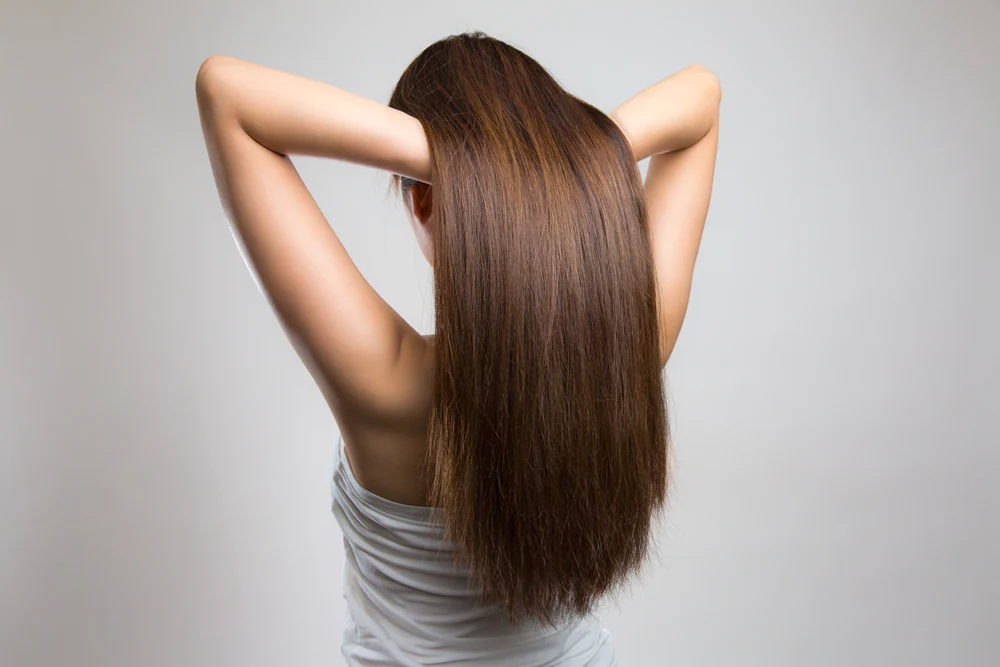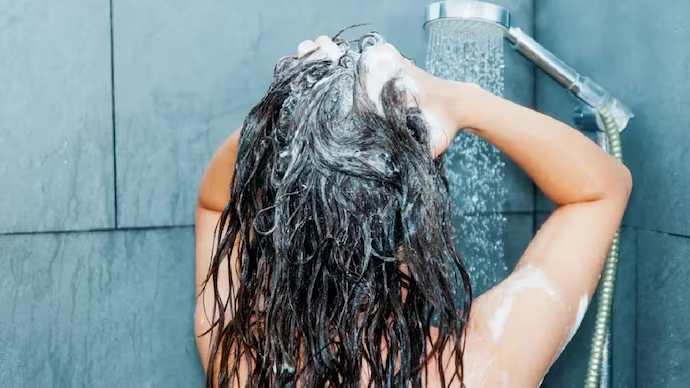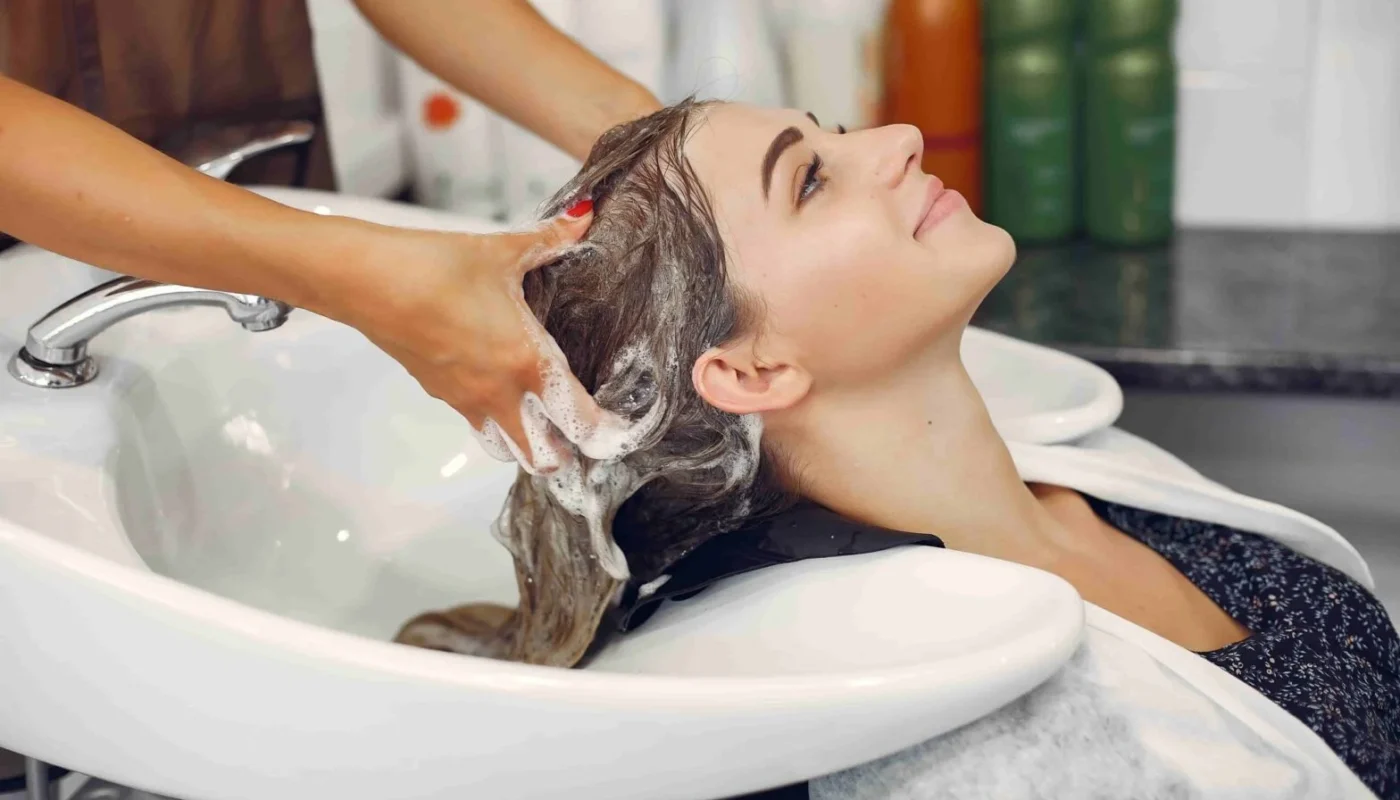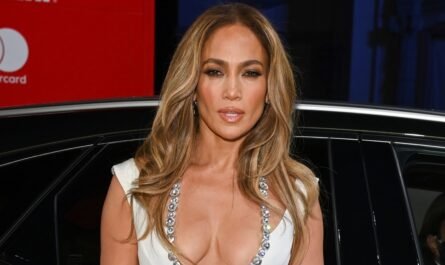Caring for your hair is essential for maintaining a healthy, robust, beautiful mane. A good hair care routine doesn’t need to be complicated or time-consuming. In fact, with a few simple steps, you can keep your hair looking great without a lot of fuss. This article will guide you through the basics of hair care and offer some easy-to-follow tips to help you create a routine that works best for you. Let’s dive in!
Understanding Your Hair Type
Before you start, you must know what kind of hair you have. Hair types vary, and each type has its own needs. Here’s a quick guide to help you understand your hair type:
- Straight Hair: This type is usually smooth and shiny but can get oily quickly.
- Wavy Hair: Wavy hair has a loose curl pattern, ranging from slight to more defined waves.
- Curly Hair: Curly hair is more prone to dryness and frizz due to its spiral shape.
- Coily or Kinky Hair: This type has tight curls or coils and tends to be very dry, so it needs lots of moisture.
Each hair type may have different needs, but the basic hair care steps apply to all. Knowing your hair type will help you choose the right products and techniques to care for it properly.

Shampooing – How Often and How to Choose the Right Shampoo
How Often Should You Wash Your Hair?
Washing your hair too frequently can strip it of its natural oils, leaving it dry and dull. Washing too infrequently can lead to a buildup of oil and dirt. The frequency of washing depends on your hair type and lifestyle:
- Oily Hair: Wash every 1-2 days to remove excess oil.
- Dry or Curly Hair: Wash every 3-4 days or even once a week, as this hair type needs moisture.
- Normal Hair: You can wash it every 2-3 days.
Choosing the Right Shampoo
Your choice of shampoo matters, as it helps to cleanse the scalp without stripping it of its natural oils. Here are a few tips:
- For Oily Hair: Use a clarifying shampoo that controls oil and removes buildup.
- For Dry or Curly Hair: Look for moisturizing shampoos that add hydration to your hair.
- For Color-Treated Hair: Use color-safe shampoos that don’t fade your color.
- Sensitive Scalp: Choose a gentle shampoo without harsh chemicals like sulfates or parabens.
When you wash your hair, focus on the scalp, where most of the oil and buildup occurs. Gently massage your scalp to stimulate blood flow and remove dirt, then rinse well.
Conditioning – Why It’s Essential
The Role of Conditioner
Conditioner is essential because it hydrates your hair and makes it smoother and easier to manage. After shampooing, your hair cuticles (the outer layer) are open, making it easier for the conditioner to penetrate and work magic.
How to Use Conditioner
- Apply conditioner only to the mid-lengths and ends of your hair, avoiding the scalp to prevent oiliness.
- Leave the conditioner on for a few minutes, allowing it to soak in before rinsing.
- Rinse thoroughly with cool or lukewarm water, which helps seal the hair cuticles, making your hair look shiny and smooth.
Choosing the Right Conditioner
The conditioner you choose should complement your shampoo and suit your hair type:
- Oily Hair: Use a lightweight conditioner.
- Dry or Curly Hair: Opt for a rich, hydrating conditioner to moisturize your hair.
- Color-Treated Hair: Use a color-safe conditioner to protect your color.
Deep Conditioning and Hair Masks – Extra Nourishment for Your Hair
What is Deep Conditioning?
Deep conditioning treatments are designed to nourish and repair damaged hair. They are thicker, more concentrated than regular conditioners, and usually left longer on the hair.
When to Use a Deep Conditioner or Hair Mask
A weekly deep conditioning treatment can make a big difference if your hair feels dry, frizzy, or brittle. You may also want to use a hair mask once a week for extra nourishment.
DIY Hair Masks for Extra Care
You can make simple hair masks at home with ingredients like:
- Coconut Oil: Deeply moisturizes and adds shine.
- Honey: Adds hydration and promotes shine.
- Yogurt: Conditions and adds strength.
- Eggs: Rich in protein, which can help strengthen hair.

Drying Your Hair the Right Way
Avoid Rubbing Your Hair with a Towel
Rubbing your hair with a towel can cause breakage and frizz. Instead, gently squeeze out the water and wrap your hair in a soft towel or an old T-shirt to absorb excess moisture.
Let Your Hair Air Dry Whenever Possible
Blow drying can damage your hair, especially if you do it frequently. If possible, let your hair air dry. If you need a blow dryer, use a heat protectant spray first, and keep the dryer in a low or medium setting.
Combing and Brushing Your Hair – Prevent Breakage
Use the Right Type of Brush
The type of brush you use can make a big difference in how your hair looks and feels:
- Wide-Tooth Comb: Ideal for detangling wet hair without causing breakage.
- Boar Bristle Brush: Distributes natural oils from the scalp through the hair, adding shine and smoothness.
- Paddle Brush: Good for straightening and smoothing long hair.
How to Brush Your Hair
Start brushing from the ends and work up to avoid pulling and breaking hair. Be gentle, especially when your hair is wet, as wet hair is more fragile.
Trimming Your Hair Regularly – Avoid Split Ends
Regular trims are essential to keep your hair healthy and free from split ends. Aim to trim your hair every 6-8 weeks. Even if you’re trying to grow it longer, trimming keeps your hair healthy, preventing split ends from working up the hair shaft.
Protecting Your Hair from Heat and Environmental Damage
Use Heat Protectant
If you use heat-styling tools like flat irons, curling irons, or blow dryers, always use a heat protectant spray. This forms a protective barrier on your hair, reducing the risk of heat damage.
Limit the Use of Heat Styling
Too much heat styling can lead to dry, brittle, and damaged hair. Try to limit heat styling to a few times a week, and go for heat-free styles whenever possible.
Protect Your Hair from the Sun
The sun’s rays can damage your hair, just like your skin. Wear a hat or scarf if you’ll be in the sun for a long time, and consider using a UV-protectant spray.
Healthy Diet for Hair Health
What you eat affects your hair health. A balanced diet with plenty of vitamins and minerals can help keep your hair strong, shiny, and healthy. Here are some nutrients that are essential for hair health:
- Protein: Hair is made of keratin, so eating enough protein is necessary. Good sources include eggs, fish, chicken, nuts, and beans.
- Iron: Low Iron levels can lead to hair loss. Iron-rich foods include leafy greens, beans, and lean meats.
- Vitamin E: Helps improve blood circulation to the scalp, which promotes hair growth. You can find it in nuts, seeds, and avocados.
- Omega-3 Fatty Acids: Found in fish, flaxseeds, and walnuts, these help keep your scalp healthy.
Avoiding Common Hair Care Mistakes
To keep your hair healthy, here are some common mistakes to avoid:
- Using Too Many Products: Less is often more. Using too many products can weigh your hair down and lead to buildup.
- Overwashing: Washing too frequently strips your hair of its natural oils.
- Skipping Heat Protectant: Always protect your hair before using any heat-styling tools.
- Brushing Wet Hair Aggressively: Use a wide-tooth comb and be gentle to avoid breakage.
- Ignoring Your Scalp: A healthy scalp is vital to healthy hair. Pay attention to scalp care; massage your scalp regularly and keep it clean.
Tailoring Your Routine to Your Hair’s Needs
Every person’s hair is unique, so feel free to experiment and adapt your routine as you learn what works best for you. Remember, hair care doesn’t have to be complicated. These basic steps can create a simple routine to keep your hair looking its best.
Taking care of your hair is a journey; the more you understand your hair’s needs, the better results you’ll see. Enjoy the process, and remember that healthy hair is happy hair!


